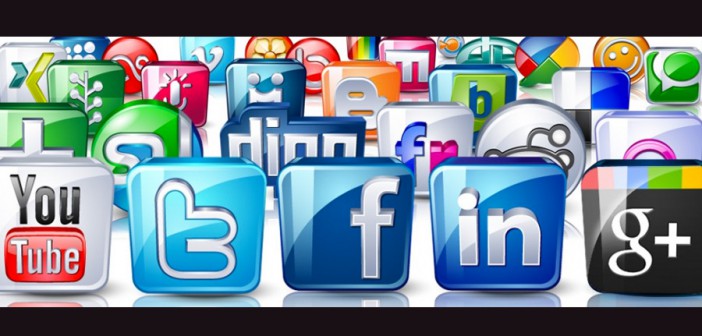A phone rings at your business. An agent answers, then makes a decision: either address the matter or route the call to the appropriate party.
Over time, these calls add up, supplying your business with substantial customer data: who called, when they called, where the calls came from, and how effective your team was at providing solutions.
When it comes to managing communications, this is the difference between monitoring and listening. Monitoring sees the trees; listening views the forest.
The same is true in social media. Monitoring takes a look at individual messages coming in across your channels, while listening assesses the meaning behind this data in the aggregate.
Social media monitoring and listening are frequently discussed within the industry today—yet the two terms are often conflated. This may seem like semantics, but the implications matter. Why? Because most brands either don’t understand the nuances, or worse, they lack a clear strategy to do either well.
Position Your Team To Help Customers And Tackle The Competition
To start with monitoring, most brands are letting customers hang. In fact, only 11% of social messages sent to brands ever get a response. For the lucky few people who do hear back, they have to wait, on average, 11 hours for any resolution.
These are unacceptable numbers by any measure. But they have another downside: By failing to monitor social media mentions—equivalent to ignoring the phone line—most brands leave behind important business intelligence that could inform more strategic decision-making.
Monitoring therefore is essential to your brand’s communications pipeline. Your social media managers and customer care agents should own most of this interaction, essentially playing air traffic control to what’s coming in across your social networks.
To ensure your social team is set up for success, consider a two-pronged approach. First, centralize your social profiles into a single platform that enables message monitoring at scale. Then create alerts to keep your agents apprised of instances where your brand is being talked about (either directly or indirectly). Include your brand’s handle and broader mentions. Also, account for common misspellings, nicknames, flagship products, and industry-adjacent terms.
By receiving these alerts, your social team will be better able to block and tackle on your brand’s behalf, answering FAQs while routing other critical messages to different departments within your organization, from HR to sales.
To get even more sophisticated, your community managers can also identify potential entry points to guide purchasing decisions. But be careful: This tactic is as much an art as it is a science.
In a recent example, actress Alyson Hannigan took to Twitter to find out where she could buy art supplies for her child’s birthday party. Her fans responded, with one suggesting “AC Moore.” Even though this isn’t the exact style, nor the direct handle of the arts and crafts store, the brand was able to effortlessly join the conversation. A.C. Moore assured Hannigan it had everything she needed while thanking the fan for making the suggestion.
Most businesses are nowhere near this level. They either lack the tools needed to scale their monitoring efforts or have no clue how to measure the ROI. In fact, Forrester found that 52% of social listening tool users considered measurement their top challenge, justifying the cost only because they knew customers demanded to be heard.
Monitoring Fuels Listening
While brands can certainly hunt and peck to engage in the most basic monitoring on native platforms, a comprehensive social listening strategy absolutely requires a third-party tool to analyze large volumes of data. Put another way: While you can look at trees one by one at the ground level, you need a helicopter to scan the whole forest.
Executing a social listening strategy may seem more difficult than day-to-day monitoring, but it doesn’t have to be. Start with turn-key solutions, then progress to more intricate techniques. Powerful, automated listening tools that require minimal setup can deliver just as meaningful actionable data as customizable ones.
For example, analyzing your brand’s @mentions on Twitter within a given timeframe and surfacing frequently mentioned hashtags, keywords, and associated terms can help you gauge sentiment and understand what people are saying about your brand, products, and campaigns. All this is possible without fine-tuning complex search queries or relying upon algorithmic sentiment triggers. Just simplylistening to what is being said alongside your brand mentions is enough.
On the more advanced side, listening solutions that not only return aggregate volume but also aid pattern recognition, uncover trends, and calculate share of voice among groups of keywords or queries can provide tremendous value.
However you approach it, the goal is to reach clearly defined outcomes within your brand’s larger social strategy. If monitoring tactics result in enhanced engagement and listening efforts inform more strategic decision-making, you’re well on your way to achieving resounding success.




